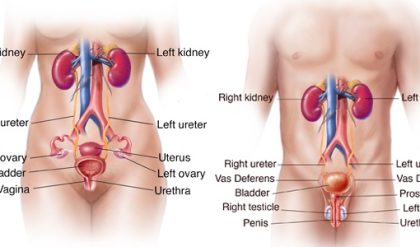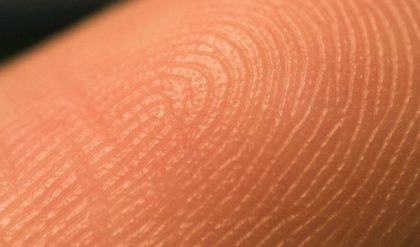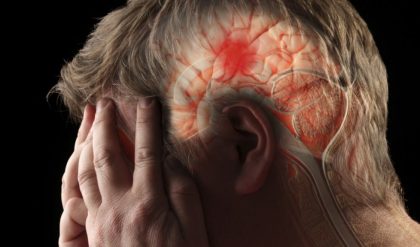Despite the basic biological, chemical, and physical similarities found in all living things, a diversity of life exists not only among and between species but also within every natural population. The phenomenon of diversity has had a long history of study because so many of the variations that exist in nature are visible to the eye. The fact that organisms changed during prehistoric times and that new variations are constantly evolving can be verified by paleontological records as well as by breeding experiments in the laboratory. Long after Darwin assumed that variations existed, biologists discovered that they are caused by a change in the genetic material (DNA). That change can be a slight alteration in the sequence of the constituents of DNA (nucleotides), a larger change such as a structural alteration of a chromosome, or a complete change in the number of chromosomes. In any case, a change in the genetic material in the reproductive cells manifests itself as some kind of structural or chemical change in the offspring. The consequence of such a mutation depends upon the interaction of the mutant offspring with its environment.
It has been suggested that sexual reproduction became the dominant type of reproduction among organisms because of its inherent advantage of variability, which is the mechanism that enables a species to adjust to changing conditions. New variations are potentially present in genetic differences, but how preponderant a variation becomes in a gene pool depends upon the number of offspring the mutants or variants produce (differential reproduction). It is possible for a genetic novelty (new variation) to spread in time to all members of a population, especially if the novelty enhances the population’s chances for survival in the environment in which it exists. Thus, when a species is introduced into a new habitat, it either adapts to the change by natural selection or by some other evolutionary mechanism or eventually dies off. Because each new habitat means new adaptations, habitat changes have been responsible for the millions of different kinds of species and for the heterogeneity within each species.
The total number of extant animal and plant species is estimated at between roughly 5 million and 10 million; about 1.5 million of those species have been described by scientists. The use of classification as a means of producing some kind of order out of the staggering number of different types of organisms appeared as early as the book of Genesis—with references to cattle, beasts, fowl, creeping things, trees, and so on. The first scientific attempt at classification, however, is attributed to the Greek philosopher Aristotle, who tried to establish a system that would indicate the relationship of all things to each other. He arranged everything along a scale, or “ladder of nature,” with nonliving things at the bottom; plants were placed below animals, and humankind was at the top. Other schemes that have been used for grouping species include large anatomical similarities, such as wings or fins, which indicate a natural relationship, and also similarities in reproductive structures.
Taxonomy has been based on two major assumptions: one is that similar body construction can be used as a criterion for a classification grouping; the other is that, in addition to structural similarities, evolutionary and molecular relationships between organisms can be used as a means for determining classification.





Comments are closed.